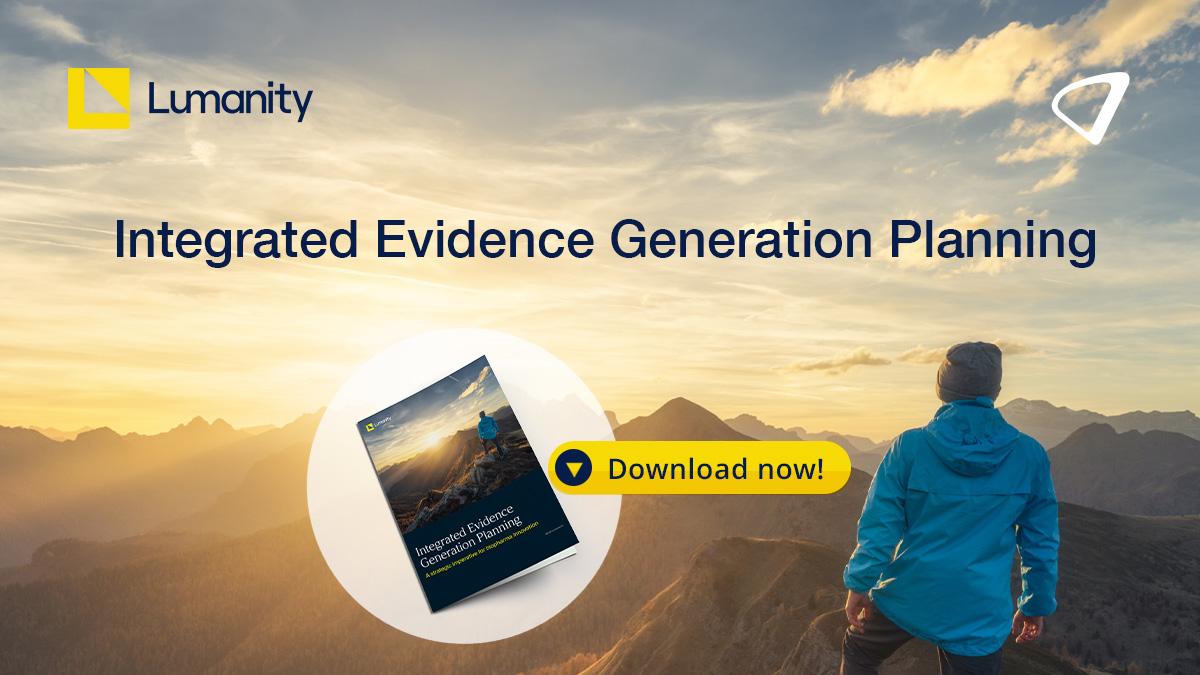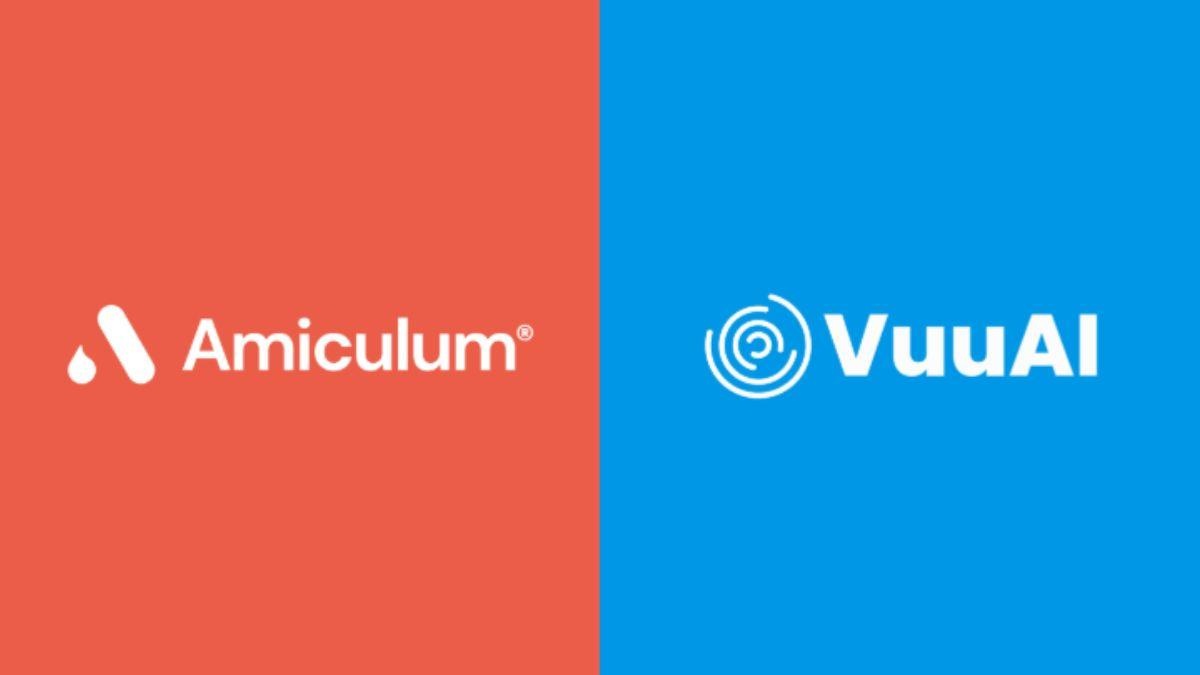Beyond AI hype: How dynamic study forecasting is helping pharma gain control of clinical trial enrolment

Only 2-5% of all US patients are enrolled in a clinical trial. At the same time, at least 85% of clinical trials fail to meet their recruitment goals, nearly half under-enrol patients, and a striking 11% of vetted sites never enrol a single patient. Yet, nearly three-quarters (72%) of trial participants come from the same, common research sites. Together, these bleak statistics highlight a systemic challenge: despite decades of operational experience, the life sciences industry continues to struggle to enrol enough patients in trials.
"Current trial enrolment is often limited by our human ability to integrate all the information needed to select the best sites for a successful trial," said Matt Austin, executive director of data sciences at Amgen, in a recent blog post.
To make matters worse, nearly half of the time spent bringing a medicine through clinical trials is dedicated to participant enrolment. To prevent serious delays that deny patients access to life-changing new treatments, clinical trial sponsors must find a faster way to identify research sites located in target geographic areas, and which treat patients who meet a trial’s inclusion/exclusion criteria.
Given these implications and the promise of advanced data analytics technologies, such as generative artificial intelligence (AI), causal AI, and agentic AI, companies should demand more from AI than just their hopeful aspirations. The industry must move beyond hype and address the real-world applications of AI for accurate enrolment forecasting, particularly in today’s uncertain environment.
From aspirations to impact: How AI addresses trial bottlenecks
CB Insights data shows participant recruitment enrolment, and data analysis are the most active for AI in clinical development – one of pharma’s most high-risk and costly investments. Clinical trials average $48 million each, take a decade to complete, and yet 90% of trials fail. Since 2023, patient recruitment and enrolment data analysis have collectively captured 73% of equity funding and 59% of deals. Investors are confident that AI – with the right data inputs – can address pipeline bottlenecks with the potential to slash the exorbitant costs and lengthy timelines involved with bringing new therapies to market.
AI can help teams take control of clinical trial enrolment, timelines, and performance, enabling greater certainty in today’s highly volatile environment characterised by significant economic headwinds, escalating complexity, and global and domestic uncertainty. Sponsors and contract research organizations (CROs) can navigate today’s volatility by utilising AI-powered study forecasting to transition from reactive to proactive planning. With real-time, scenario-based modelling, clinical trial teams can reduce risk, optimise timelines, and forecast with certainty even in an uncertain market.
For example, a team of data scientists, engineers, and analysts at Amgen created the Analytical Trial Optimization Module (ATOMIC), a machine learning (ML) model that analyses extensive data to identify potential clinical trial sites that can enrol patients quickly. ATOMIC generates ranked lists of sites, predicted enrolment rates, and relevant country and investigator data. Collectively, these insights profile where populations with specific clinical and demographic characteristics seek care and therefore help identify high-potential sites that are likely to enrol eligible patients quickly.
AI is a key driver for accurately and continuously forecasting study and site feasibility, as it can quickly surface insights at the site, country, region, and study levels, as well as across the enterprise portfolio. However, AI accuracy requires comprehensive, harmonised data and built-in capabilities to model complex designs. For example, Spectrum is a solution built on historical data from over 500,000 global clinical trials, covering more than 4,600 indications. This includes operational metadata, such as site startup timelines. Unifying clinical, operational, and even behavioural data at the site level in a structured way is key to surfacing actionable insights.
The next frontier in clinical development is modelling feasibility and continuous scenario-planning, even amid changing dynamics, such as trial amendments. This empowers teams to make data-driven decisions that de-risk timelines, optimise budgets, and accelerate portfolio value.
Shifting from reactive to proactive
Clinical trial planning has long suffered from being static and manual. Teams have historically invested five or more weeks aggregating assumptions based on past trials, often with incomplete data. That lag delays critical decisions and introduces unnecessary risk. However, AI-powered approaches introduce real-time adaptability into a process of dynamic decision-making that evolves in tandem with the study, rather than serving as a static snapshot.
Traditional feasibility models often struggle to keep pace with the increasing complexity of trials. Over the past decade, the number of endpoints, inclusion/exclusion criteria, and protocol amendments have increased trial complexity across all phases and therapeutic areas. These complications, combined with the need for global coordination and shifting regulatory and clinical guidance frameworks, make accurate forecasting challenging. When assumptions change – and they always do – teams simply cannot update forecasts in kind.
Moreover, recent policy and regulatory changes have introduced additional volatility, and clinical trial teams often lack the ability to anticipate issues or plan effectively. Charting success through all the uncertainty requires that we treat feasibility as a dynamic, continuous learning process.
3 practical ways AI improves study forecasting
Here are three real-world examples of how AI can help the industry gain more control and plan for success, particularly with patient enrolment, in the face of uncertainty.
1.
Build a foundation based on precise data
Dynamic AI-driven predictions, rooted in historical studies, enable sponsors and CROs to model feasibility prior to study startup, while reducing manual workload and delivering reliable insights from disparate data sources into likely participant enrolment success. Further, with the right data – both historical and ongoing – real site enrolment data, companies gain precise study-by-study insights.
On the other hand, current volatility is not captured in historical data. Here, AI can be utilised to establish a foundation for informed predictions based on studies with similar historical contexts. This technology also enables flexibility, allowing teams to adjust parameters granularly (e.g., site-level enrolment limits or activation timelines) to reflect today’s environment. Trial sponsors have leveraged AI-powered pre-study scenario planning to improve forecasting accuracy by 70x and reduce forecast setup time from five weeks to five minutes or less.
Study teams can dynamically model study feasibility based on various site, region, country, and indication combinations – a valuable feature for real-time clarity. This enables an independent country and site mix perspective for optimal study performance, as study teams must understand the implications of modifying timelines, adjusting eligibility criteria, or revising geographic region selections.
2.
Enable mid-study course correction
AI-forecasting enables continuous monitoring and reforecasting of enrolment performance during study execution, supporting rapid adjustments based on live data. Using a combination of AI models –generative AI for comparisons of eligibility criteria, machine learning for predictive modelling, and causal AI to recommend the optimal country and site combinations – trained on the historical 500,000 studies integrated with live study data, study teams can continuously track enrolment results (i.e., discontinuation, screen failure rates, site activation delays) with all models leveraging the best data possible, a combination of the historical study comparators, and live in-study data.
Furthermore, study teams can generate alternatives by simulating multiple scenarios within minutes. Similarly, these forecasting tools integrate ongoing study performance data to provide Mid-Study Optimisation (MSO) and continuously re-forecast the Last Patient-In (LPI) timeline.
3.
Quantify forecast certainty and confidence
Rather than ignoring the study performance uncertainty, especially in today’s volatile market environment, novel AI-driven approaches can quantify such uncertainty through simulation. For example, Spectrum utilises Markov Chain Monte Carlo simulations to display confidence intervals and provides a visual representation of forecast variability, akin to weather forecasting models.
No forecast or data model is 100% accurate, and the methods described above characterise forecast uncertainty. In fact, it is equally important to capture the uncertainty of the forecast prediction as the prediction itself, since the forecast uncertainty also indicates the confidence study teams can have in a forecast. As better information, such as live study data, becomes available, the uncertainty attenuates. The absence of such a reduction in the uncertainty could be a warning that enrolment performance is not systematically controlled in the study.
The evolution of feasibility forecasting
Historically, sponsors have expressed concerns that study feasibility processes are insufficient and not trustworthy enough to inform early decision-making. One sponsor characterised the traditional feasibility process as “piecemeal guesswork”. Fortunately, study feasibility has evolved from educated guesswork—a mere box to check—to a data-driven, systematic approach. It is becoming a strategic capability that empowers sponsors and contract research organisations (CROs) to make timely, defensible, and data-informed decisions throughout the clinical trial lifecycle. However, with numerous variables, including unpredictable patient engagement, global regulatory demands, site competition, political unrest, and inevitable human error, striving for perfection is unrealistic.
With the right blend of AI models, large volumes of historical trial information, and current study ‘in situ’ data, sponsors and CROs can leverage scenario-based forecasts not just for planning purposes, but also to pivot quickly when conditions change. In this environment, distressed by volatility and escalating complexity, continuous and adaptive forecasting is not merely beneficial, but essential.
AI-powered forecasting empowers clinical operations by enabling real-time scenario modelling, risk mitigation, and accelerated decision-making. The future of clinical research will belong to those who not only collect data, but also synthesise, interpret, simulate outcomes, and make more informed decisions. These data-driven decisions will be the key to finally cracking the code on participant enrolment and enabling more effective and efficient clinical research.
About the authors
 Trained as a neuroscientist, Rohit Nambisan is an executive with experience leading product development organisations in pharma, medical devices, personalised medicine, health IT, healthcare data and analytics, and AI. Prior to Lokavant, Nambisan most recently held leadership positions at Roivant Sciences and Prognos Health. He holds an MSc in Management and Engineering from MIT, an MA in Neuroscience from Boston University, and a BA in Cognitive Neuroscience from UC Berkeley. Nambisan is also a member of the Forbes Tech Council.
Trained as a neuroscientist, Rohit Nambisan is an executive with experience leading product development organisations in pharma, medical devices, personalised medicine, health IT, healthcare data and analytics, and AI. Prior to Lokavant, Nambisan most recently held leadership positions at Roivant Sciences and Prognos Health. He holds an MSc in Management and Engineering from MIT, an MA in Neuroscience from Boston University, and a BA in Cognitive Neuroscience from UC Berkeley. Nambisan is also a member of the Forbes Tech Council.
 Jonathan Crowther is head of predictive analytics at Pfizer, where he leads transformative initiatives at the intersection of pharmaceutical innovation, healthcare data strategy, and next-generation technologies. With deep expertise in generative AI, quantum computing, and real-world data, he empowers clinical research teams to move beyond static feasibility models toward dynamic, data-driven forecasting. Crowther is a recognised voice in the evolution of clinical trial operations, known for translating complex analytics into actionable strategy. His work is shaping a future where clinical development is anticipatory, efficient, and resilient.
Jonathan Crowther is head of predictive analytics at Pfizer, where he leads transformative initiatives at the intersection of pharmaceutical innovation, healthcare data strategy, and next-generation technologies. With deep expertise in generative AI, quantum computing, and real-world data, he empowers clinical research teams to move beyond static feasibility models toward dynamic, data-driven forecasting. Crowther is a recognised voice in the evolution of clinical trial operations, known for translating complex analytics into actionable strategy. His work is shaping a future where clinical development is anticipatory, efficient, and resilient.











